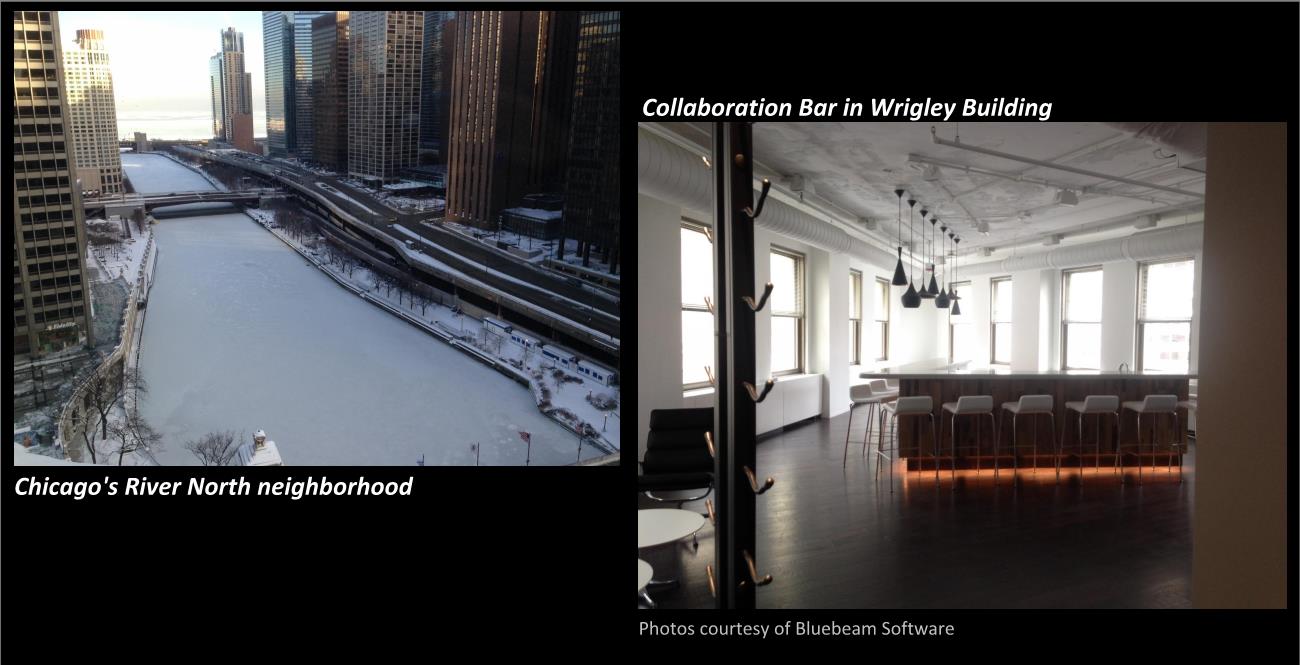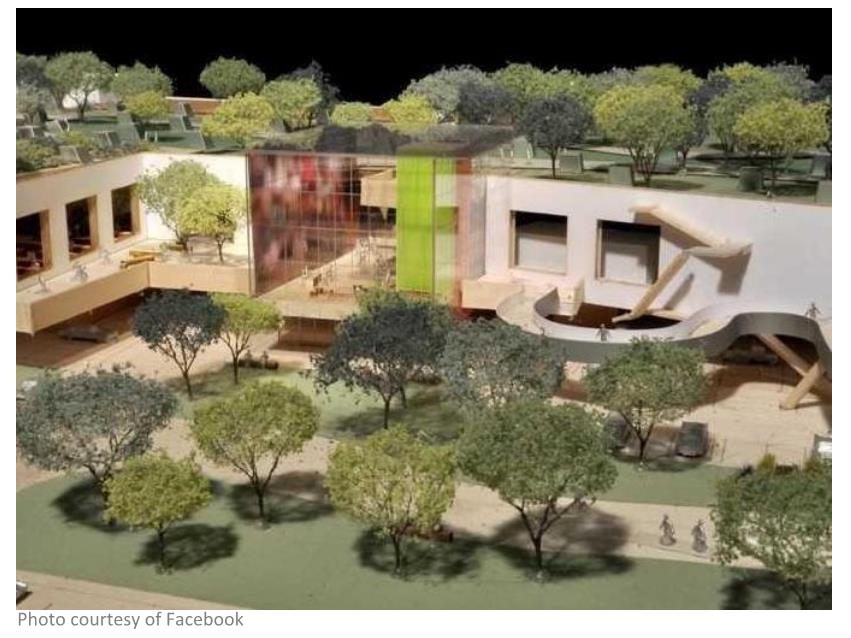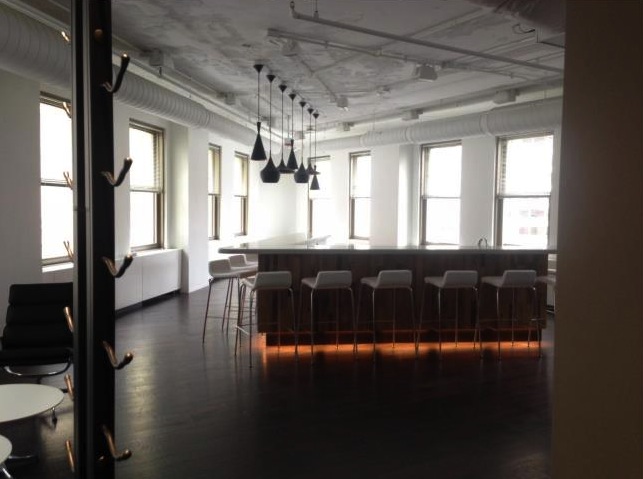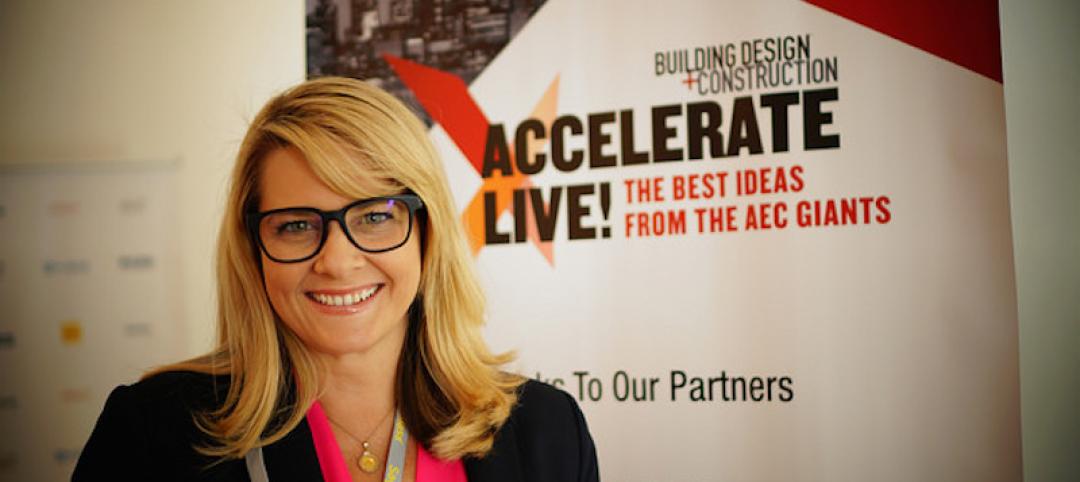Located on Michigan Avenue, alongside the Chicago River, sits the historic Wrigley Building. The building is celebrating its 90th anniversary this year. It is owned by a consortium of investors led by BDT Capital Partners and includes Zeller Realty Group, as well as Eric Lefkofsky and Brad Keywell personally, as minority investors. This consortium of investors have recently renovated and reimagined the next life for this architectural landmark.
According to a recent article published on line by BlueSky Innovations, the renovations were geared towards attracting tech companies in the area. Turns out, Chicago has a pretty strong tech community in its River North neighborhood, with only 10.7% vacancy compared to the overall rate of 14.9%, according to CBRE.
The Wrigley Building expects 15% of its total occupants will be represented by tech companies, with legal and investment firms taking up the rest of the leased space.
So, how do you redesign an old building to attract new industry?
Well, you think modern and add some unexpected amenities. In this case, a shared lounge with a fireplace and baby grand piano should do the trick. It’s just the thing to say, Hey, this isn’t your grandfather’s office space.
As is the case with most tech companies, the flexibility of open, collaborative workspaces mixed with smaller work/meeting rooms is key to creating the right office environment. But don’t think that this is just about amenities; it’s about catering to a new type of office worker, one who is most likely under the age of 30 and enjoys being part of a thriving company. And by thriving I mean an often blurred line between company time and “me” time. Giving employees perks that encourage collaborative sessions during (and after) work hours means a greater likelihood of creating a stronger sense of community within the company overall.

Chicago's River North neighborhood
It just so happens I know a thing or two about this topic. The software company I work for is one of the first technology tenants to sign on and redefine this historic landmark.
When participating in the office space planning meetings with our CEO, we looked for inspiration from our own customers in Southern California. We visited Gensler’s new headquarters in downtown Los Angeles, where we saw strategically placed meeting rooms designed to promote smaller collaborative meetings. We saw DPR’s Newport Beach, Calif., office, equipped with an innovation lounge and coffee bar specifically designed to allow impromptu meetings and idea sharing.
So in our new Chicago office we decided to take advantage of the sweeping views at the most narrow point of the building, opting not to fill the narrow space with cramped workstations, but rather a winery-style bar. Knowing some of our best collaborative conversations happen at a bar, over a pint, we decided to give our employees the best seat in the house to do some of their best creative thinking.
Facebook CEO Mark Zuckerberg knows a thing or two about balancing the need for collaboration with structured spaces. In fact, during a tour of Gehry Partners' office recently, I was told the story of Zuckerberg’s initial reluctance to have Frank Gehry design his new headquarters. Seeing the highly engineered structures Gehry is known for, Zuckerberg was skeptical his open, collaborative environment would not be appropriately translated.
Gehry asked Zuckerberg one simple question: What do you like about your current space? Zuckerberg said he liked the fact that it was a big open warehouse with very few walls. Gehry’s solution was to create an expansive, single-level, open-floor-plan, warehouse—like office space elevated over what would be the parking lot.

Photo: Courtesy Facebook
Since Zuckerberg also likes to take walking meetings during the day, Gehry put a park with walking paths on top, with skylights to allow light to stream through exposed ceilings. From the outside you can’t tell if it’s a park or a commercial building. And you definitely wouldn’t guess it’s a Frank Gehry design.
Chicago doesn’t have the luxury of open space like Menlo Park, but smart building owners are taking cues from tech tenants, reimagining their designs to offer the utmost flexibility with built-in, unexpected amenities.
One thing an urban area like River North has over Menlo Park is public transportation. Many of the new tech companies in Chicago boast about how upward of 90% of their employees either walk to work or take public transportation. That’s a valuable perk, as it means the employees have more control over how they spend their time getting to and from work.
I’m also convinced the new tech tenants in River North are rubbing off on all Chicago residents. In a press release from October 2013, Mayor Emanuel announced that the city will go paperless by 2016, putting all of its permitting services online. Mary O’Conner, 41st Ward Chicago Alderman, says she’s “pleased to work with Mayor Emanuel to bring forward these reforms, so Chicago stays the most friendly city in the world for small business, and continues to grow jobs in our neighborhoods.”
Plans for the city’s paperless initiatives go into effect this year.
More from Author
Sasha Reed | Dec 15, 2017
Future vs. current state of construction innovation: How will we make the leap?
Looking beyond today’s constraints to the possibility of what “could be” is a key characteristic of those defining and delivering innovation to design and building firms across the globe.
Sasha Reed | Sep 19, 2017
BIM vs VDC…how the US and the UK differ in approaching digital project delivery
In this four-part series, Bluebeam VP Sasha Reed sat down with industry experts to examine the need for defining and understanding digital workflows and data management throughout the design and construction project lifecycle.
Sasha Reed | Jul 19, 2017
Introducing StrXur by Bluebeam
Our goal is to present unique perspectives you may not be able to find anywhere else.
Sasha Reed | Jul 13, 2017
Defining the future by mastering the art of change
From my perspective, what separates organizations thriving in the digital revolution from those who are not boils down to one thing: leadership.
Sasha Reed | Mar 15, 2017
Incentivizing change: Show me the money
Who is succeeding, and on what terms? And what will it take for everyone to experience the benefits of that success?
Sasha Reed | Oct 4, 2016
The talent shortage: Will the training the AEC industry desperately needs arrive in time?
As the construction industry bounces back from the Great Recession, an entirely new class of tech-savvy construction professionals has been created, and the supply of these highly skilled, tech-proficient pros has been quickly exhausted.
Sasha Reed | Jul 11, 2016
Construction Disruption at AECX: Technology, hackathons and the promise of change in LA
The lead up to AECX featured a discussion providing insight into the current state of the AEC technological revolution by exploring opportunities, challenges and choices AEC pros face.
Sasha Reed | Jun 23, 2016
Implementing Change: The Five Biggest Mistakes to Avoid
Two truths from the jobsite: 1) The best part about uncovering a problem is discovering its solution, and 2) The worst part about discovering the solution is implementing it.
Sasha Reed | Jun 9, 2016
With all these sharks in the water… (No Predictions Here...Part 2)
Rather than fighting to control the proliferation of apps, perhaps we should be training our eyes to look for signs of long-term viability among all the fins in the water
















